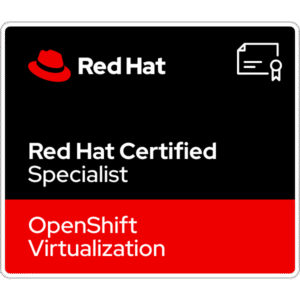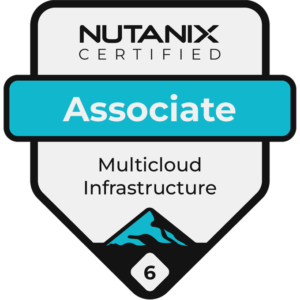Red Hat OpenShift – Configuring Virtualization
Red Hat OpenShift Virtualization is a feature integrated into the Red Hat OpenShift platform acting as Operator. It’s designed to allow organizations to run and manage both: virtual machines (VMs) and container workloads side by side. This capability provides a modern approach to infrastructure management, enabling seamless migration and operation of traditional VM workloads within a cloud-native environment.
Red Hat OpenShift – Configuring Synology CSI for iSCSI
Kubernetes CSI significantly enhances the flexibility and capability of storage management in Kubernetes environments. By providing a standardized interface for integrating various storage solutions, it empowers developers to leverage advanced storage features while maintaining robust application performance and reliability.
Red Hat OpenShift – Configuring iSCSI as a persistent storage
iSCSI (Internet Small Computer Systems Interface) is a network protocol that allows SCSI commands to be sent over TCP/IP networks. It enables the linking of data storage facilities, allowing users to access remote storage devices as if they were local.
OpenShift can utilize iSCSI for persistent storage, which is essential for stateful applications.
Red Hat OpenShift – Installation of Advanced Cluster Management for Kubernetes (ACM)
Red Hat Advanced Cluster Management for Kubernetes (ACM) is a solution designed to manage multiple Kubernetes clusters from a single interface. It provides centralized visibility, control and governance across hybrid and multi-cloud environments. It also improves application and cluster management.
Red Hat OpenShift – Configuring an htpasswd identity provider
After creating the cluster, default user kubeadmin was prepared to log in to the new environment. However, there are several more secure ways to access your Red Hat OpenShift cluster. You can use different identity providers like LDAP, Keystone, Google, GitHub or OpenID Connect. Another one is HTPasswd which seems to be easiest to configure and use.








































